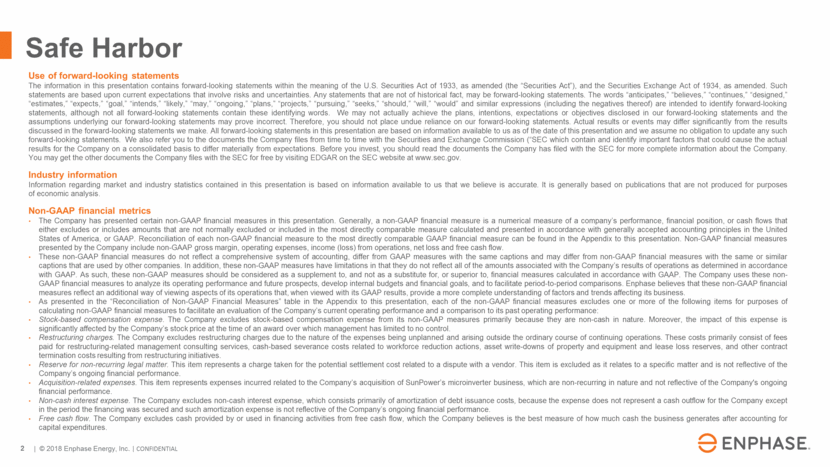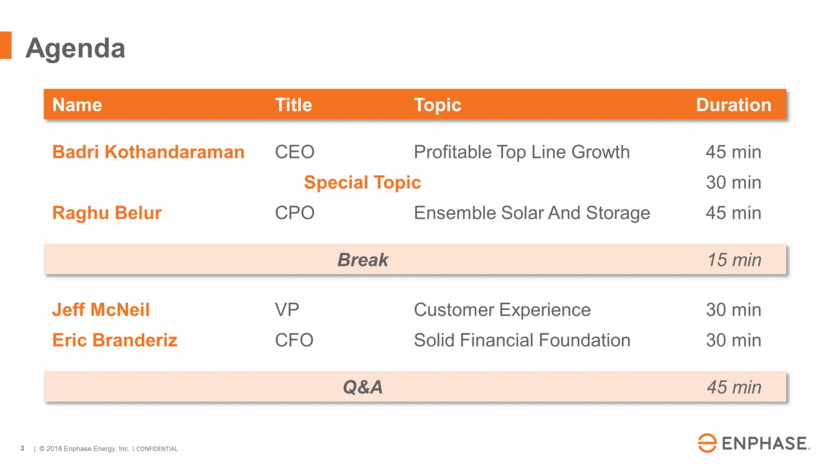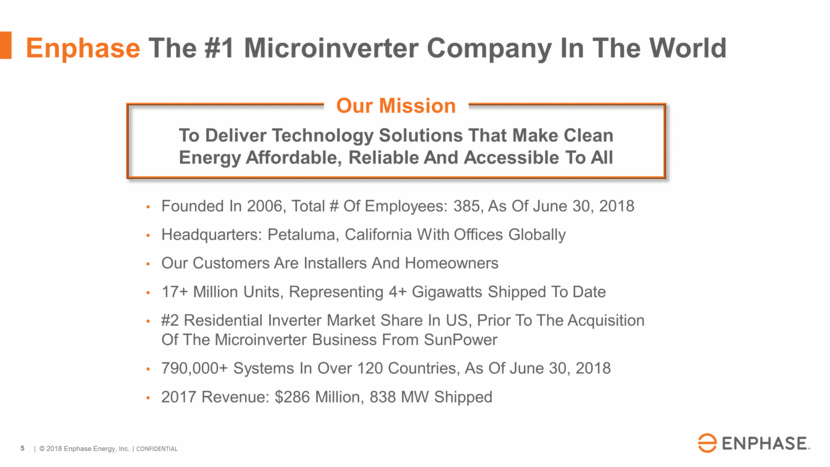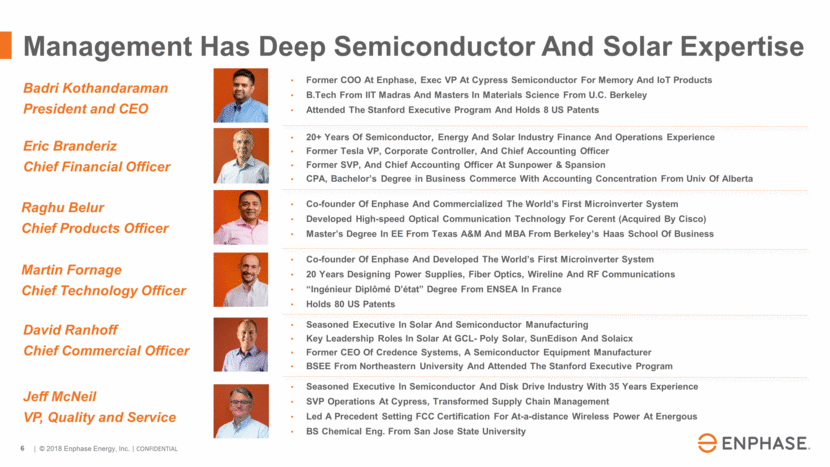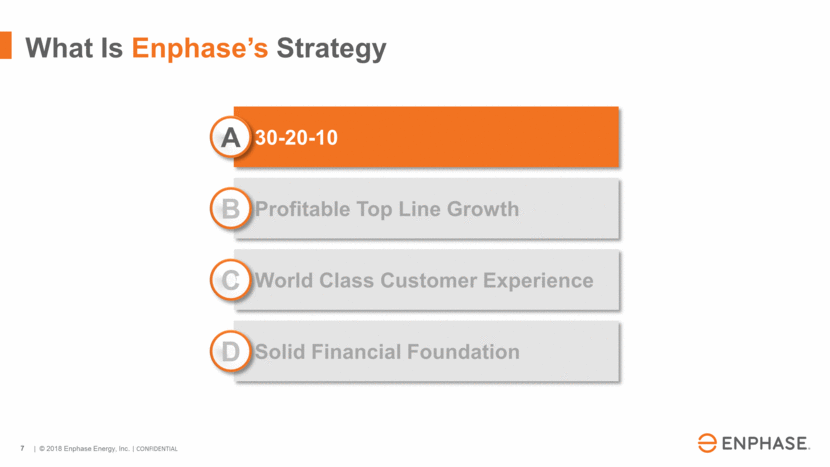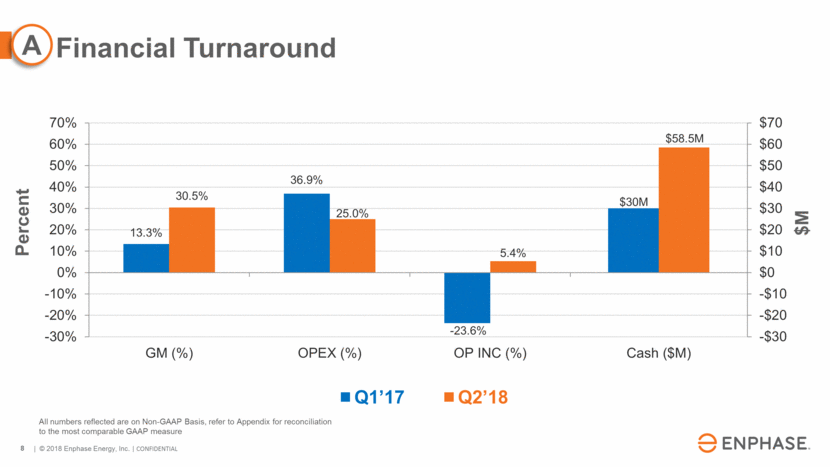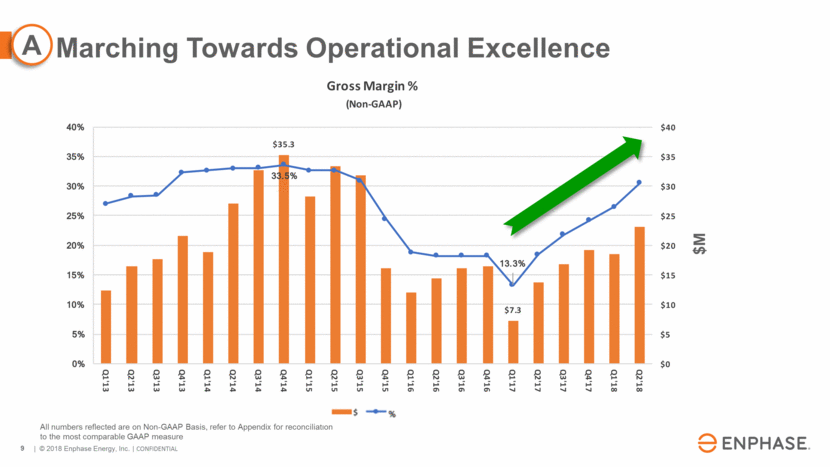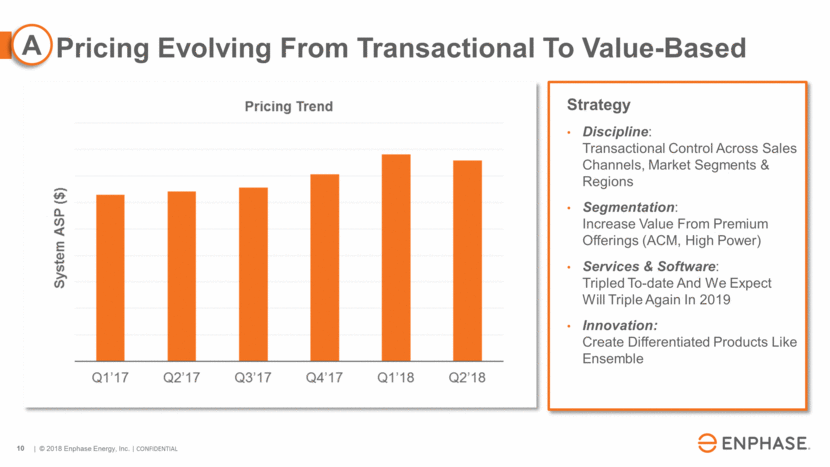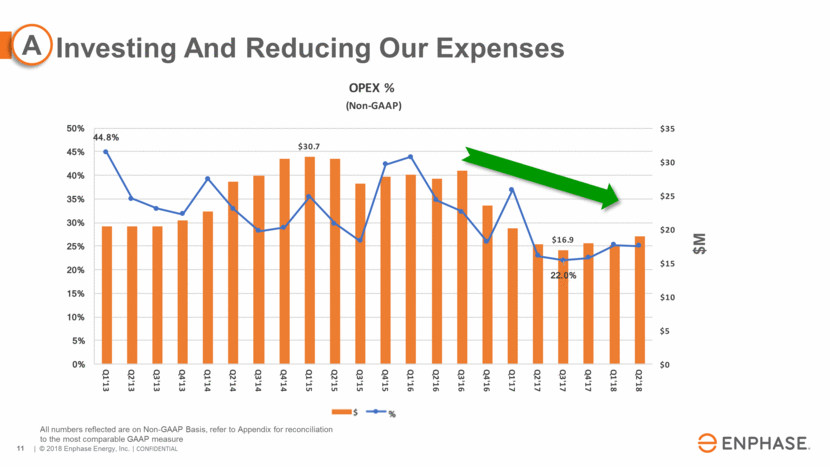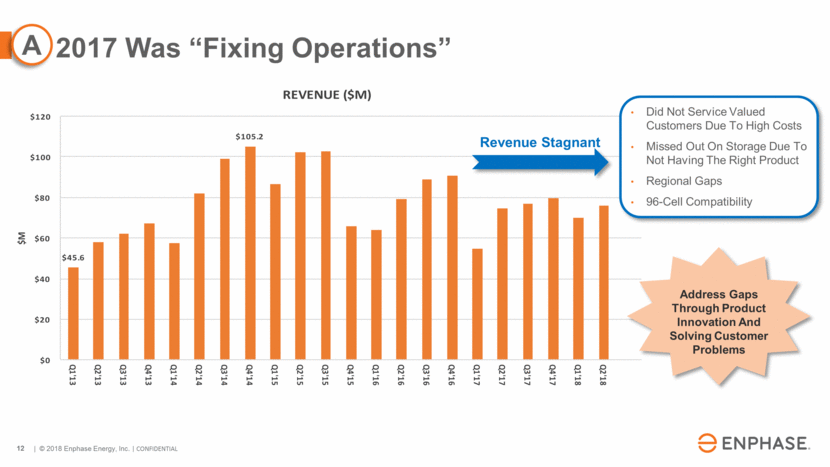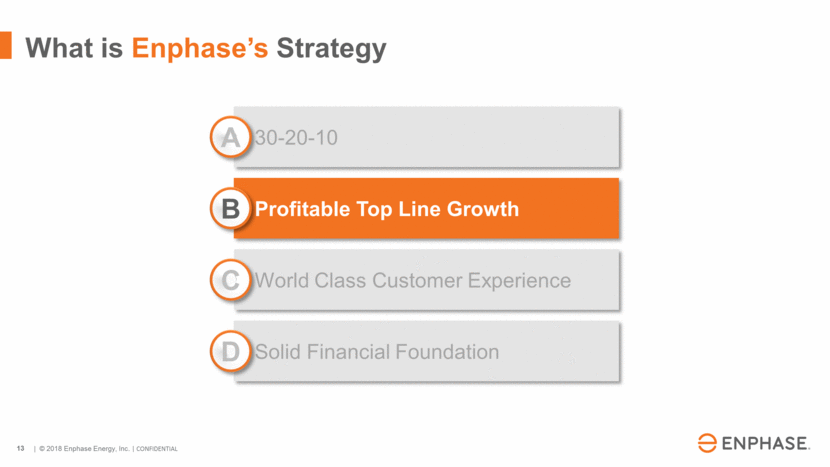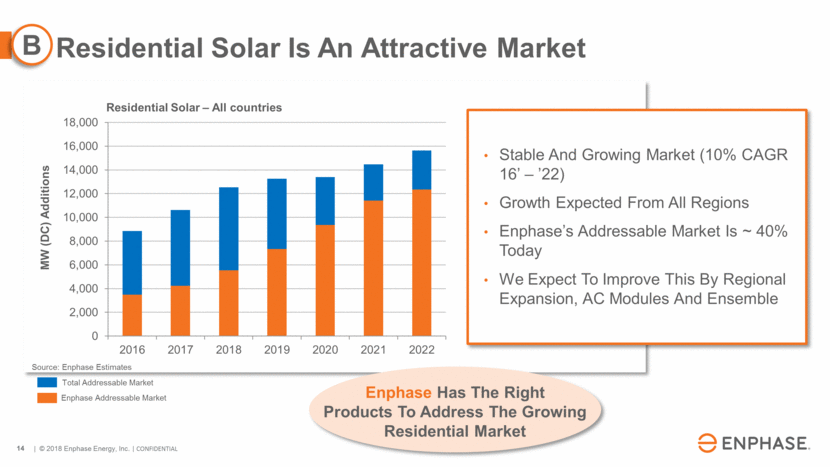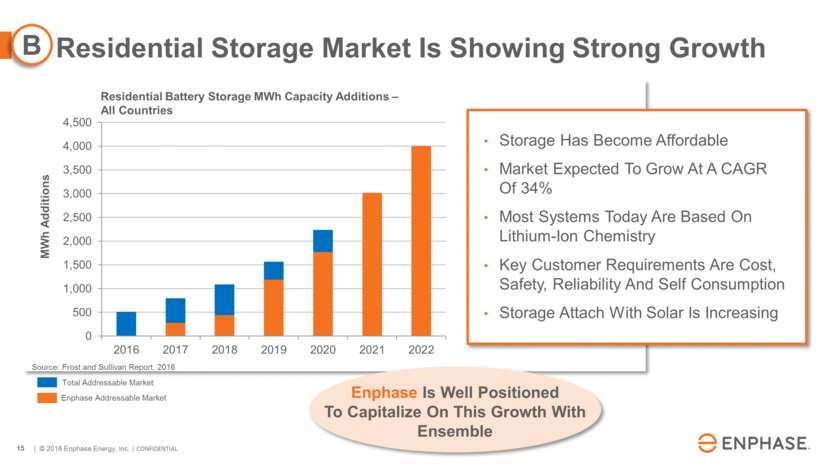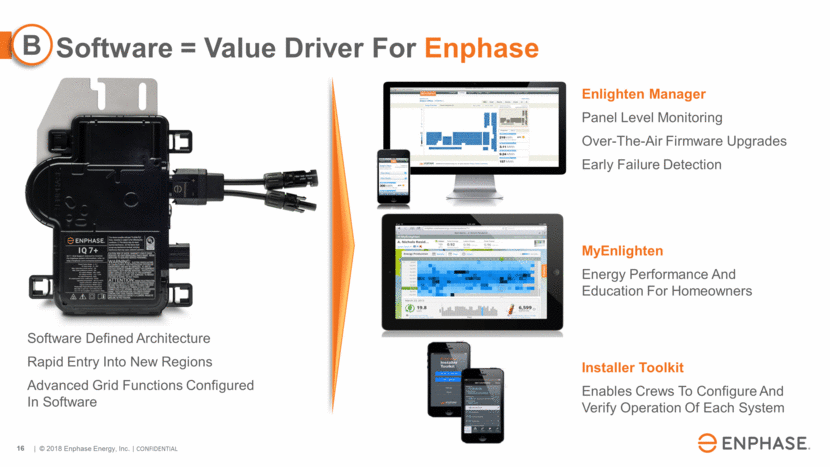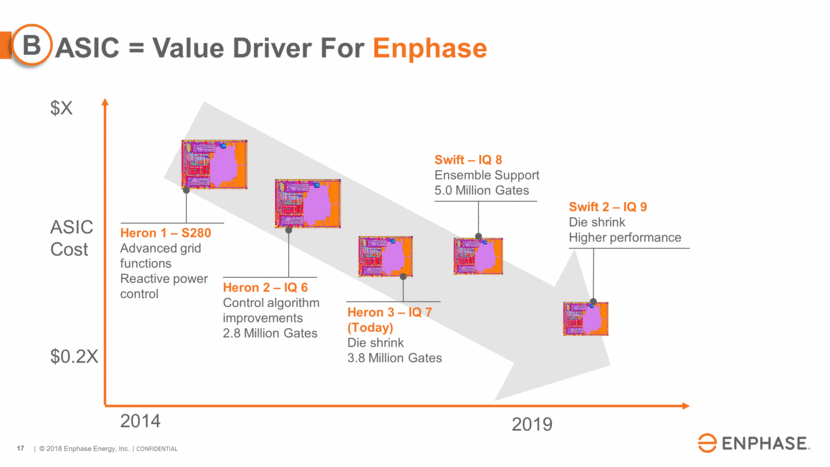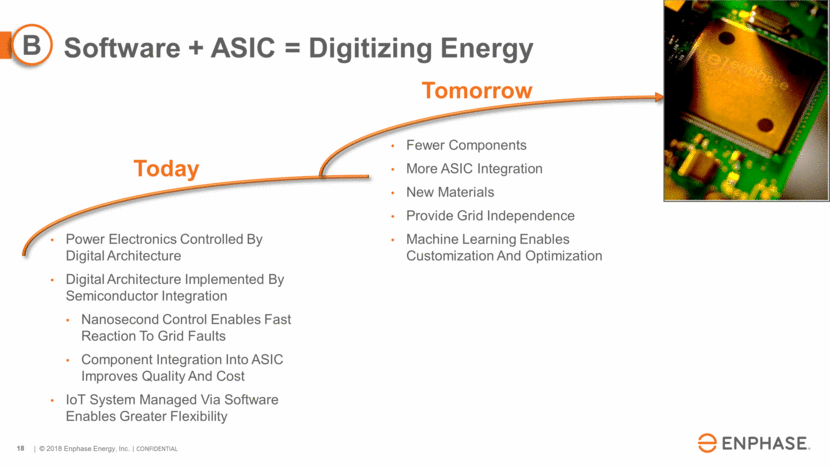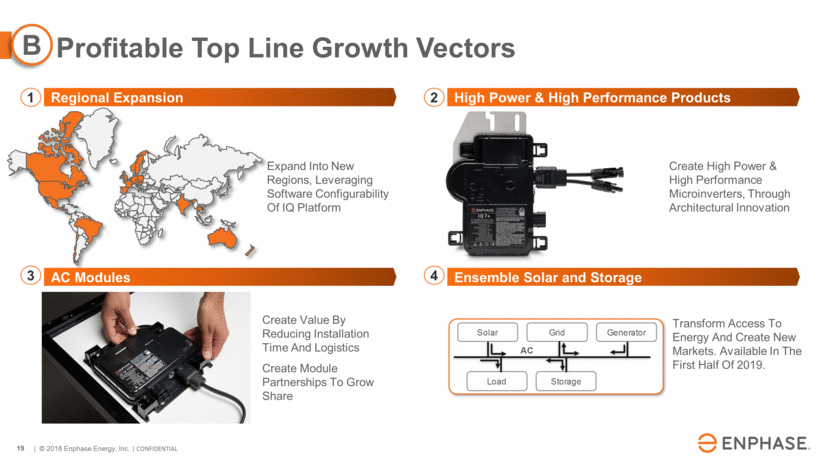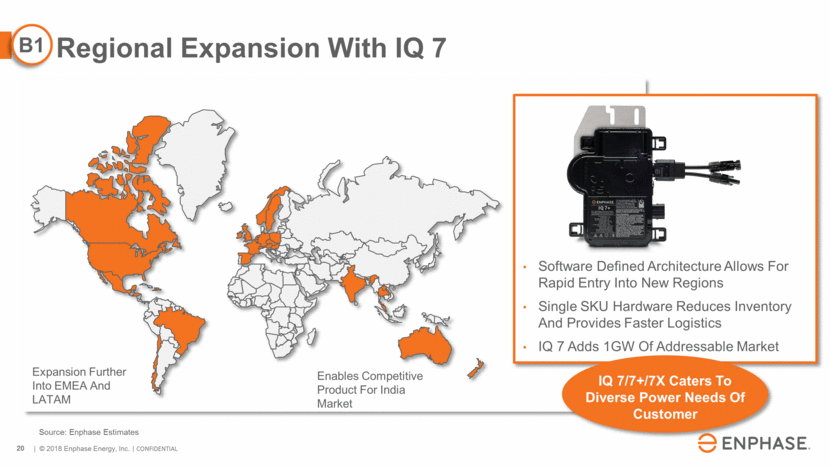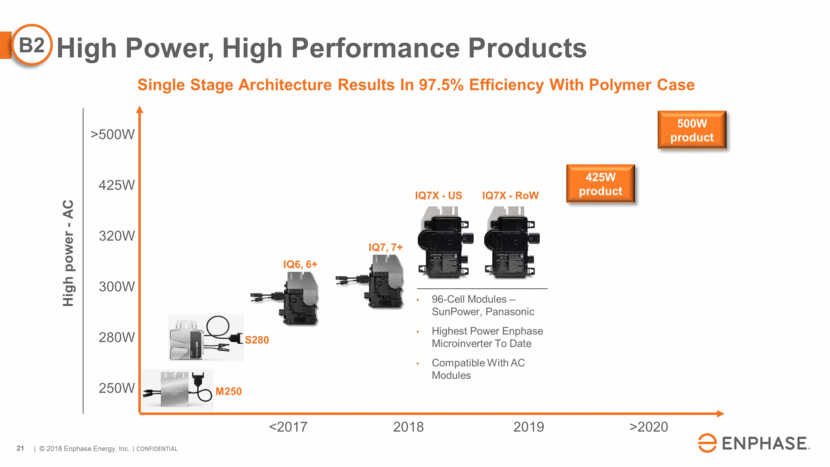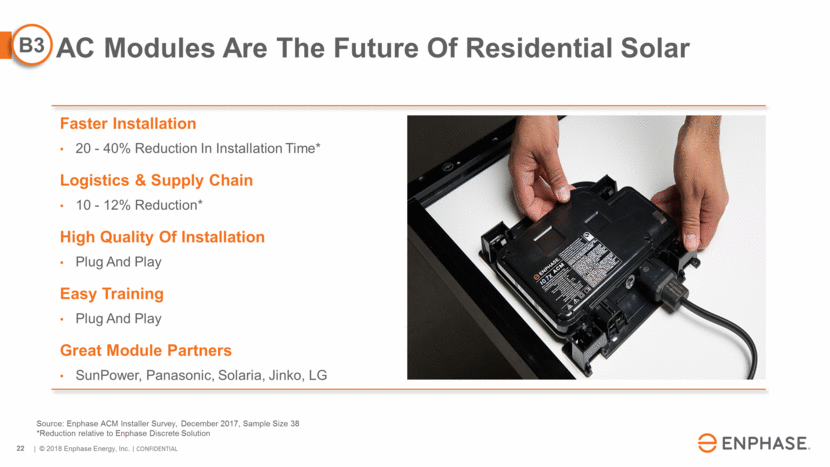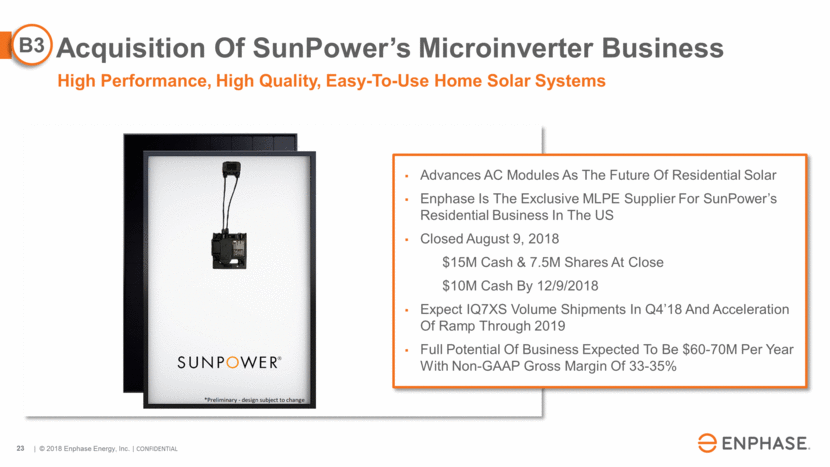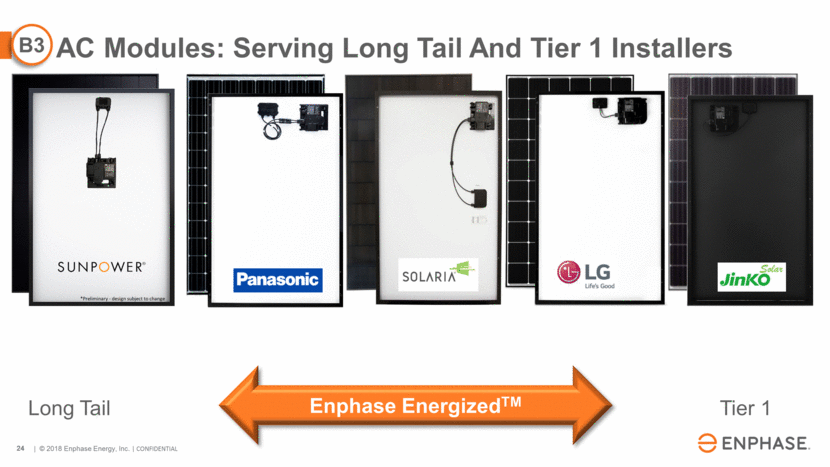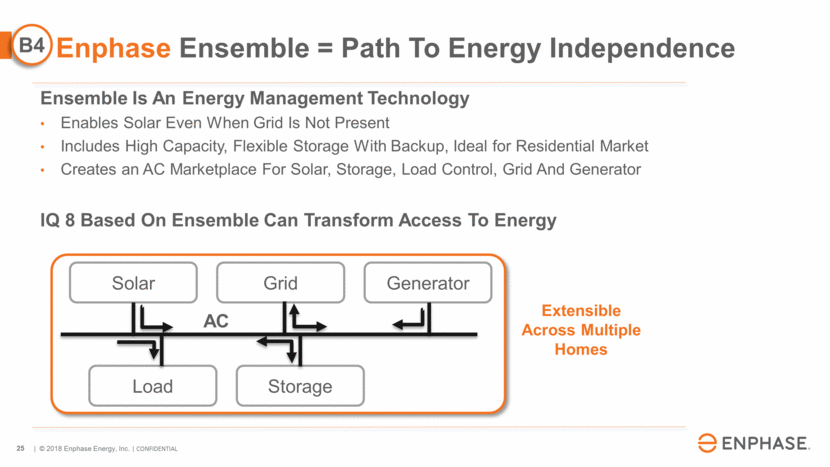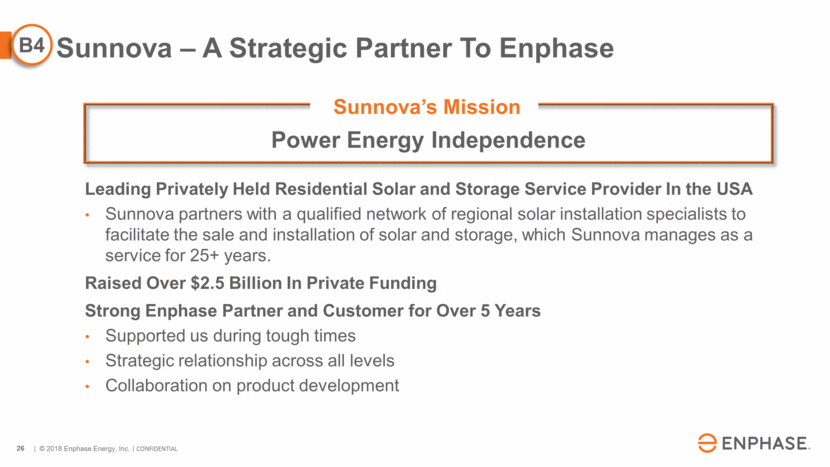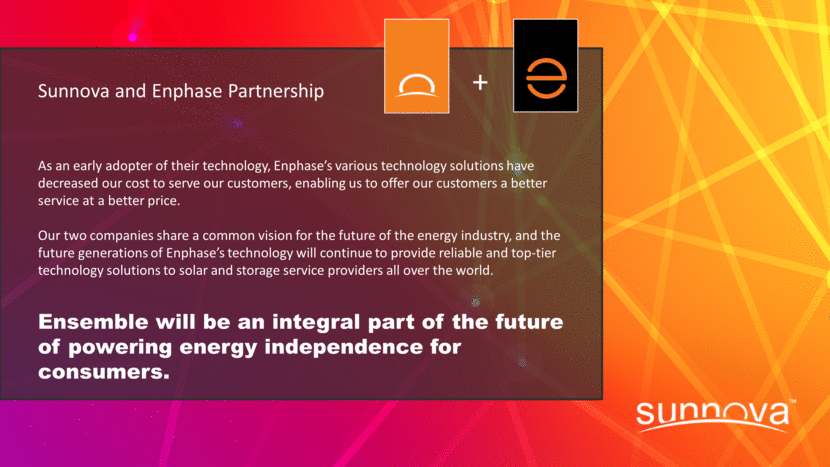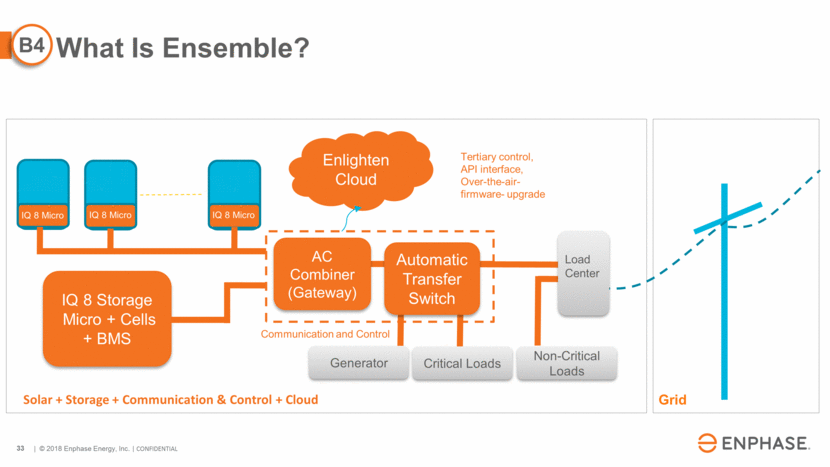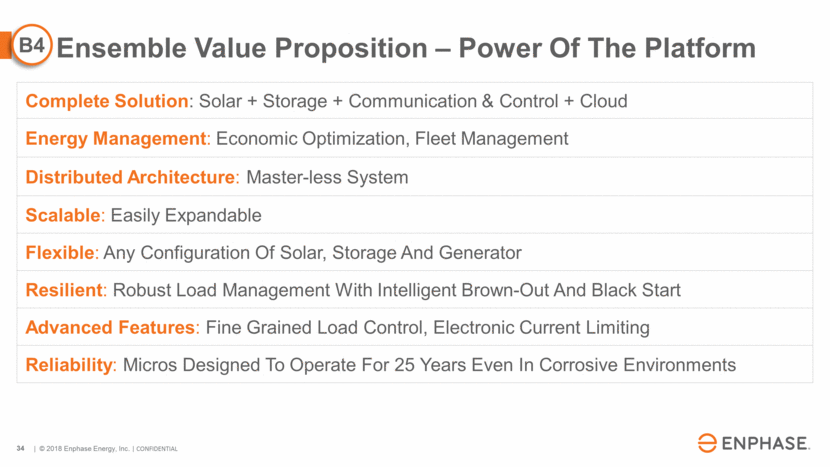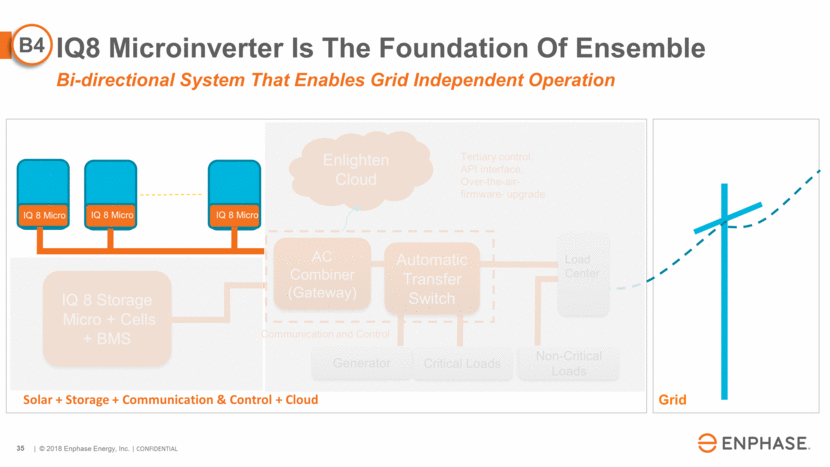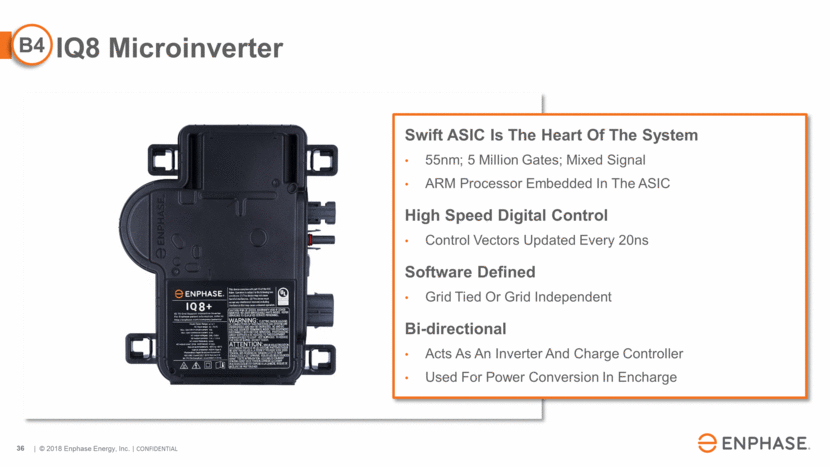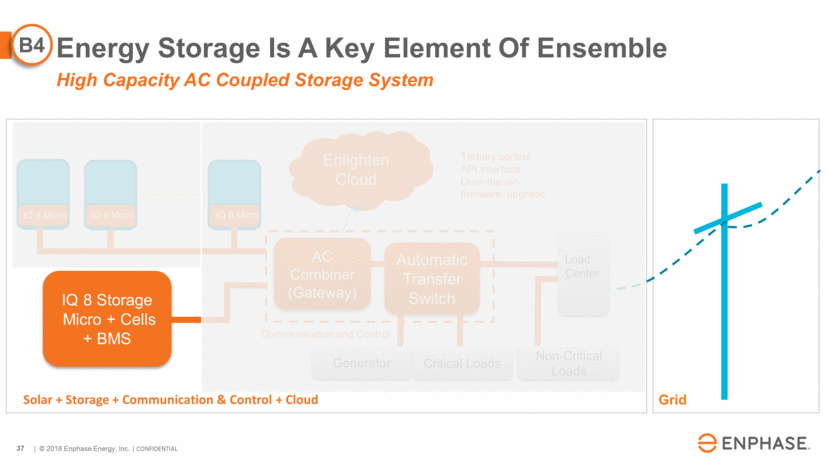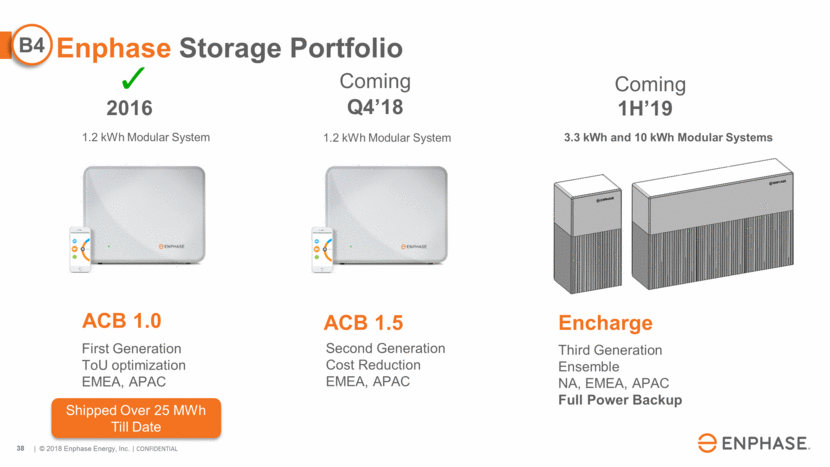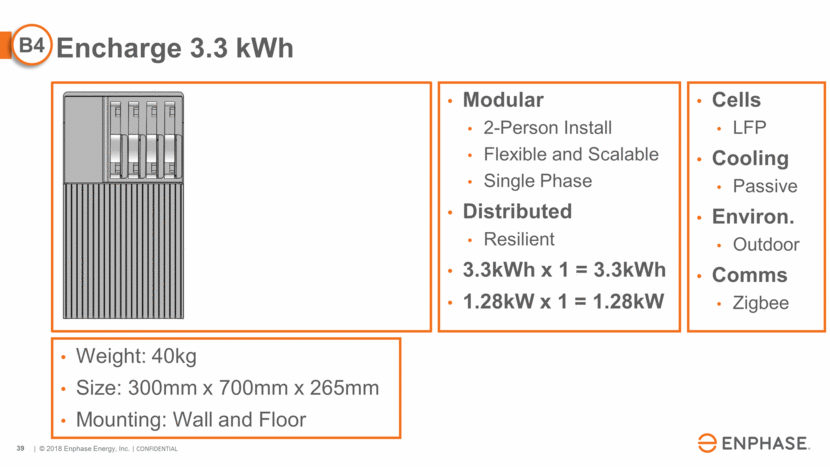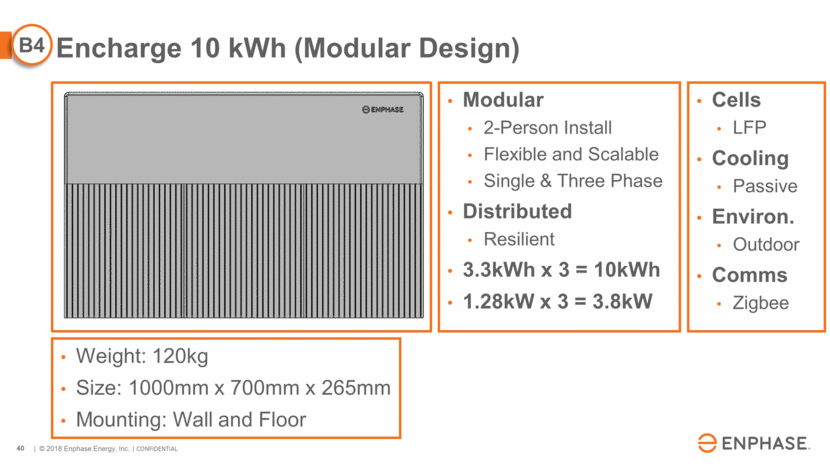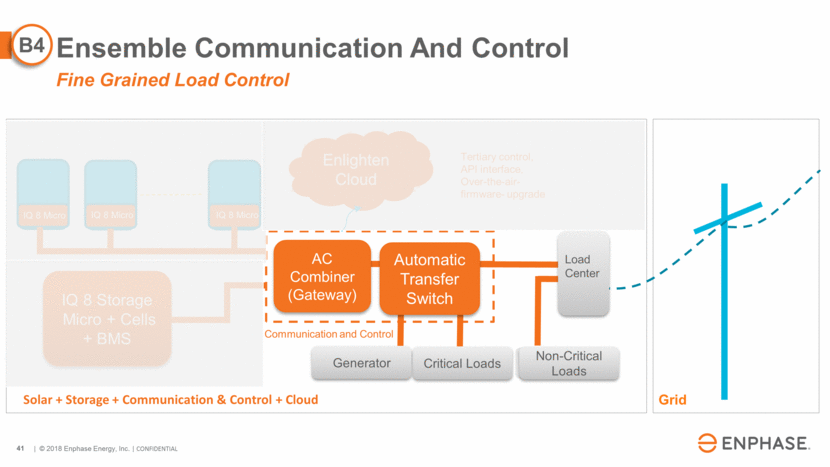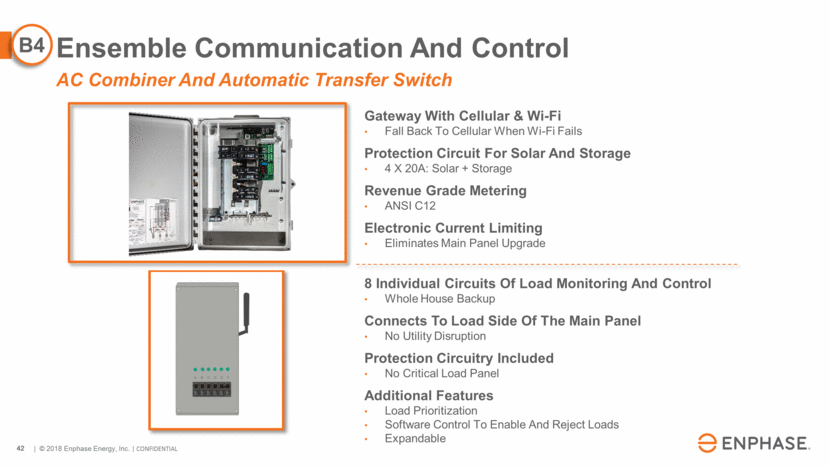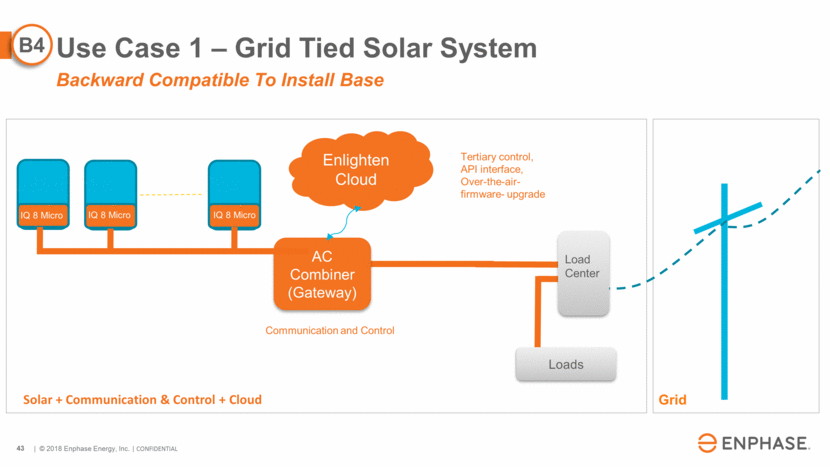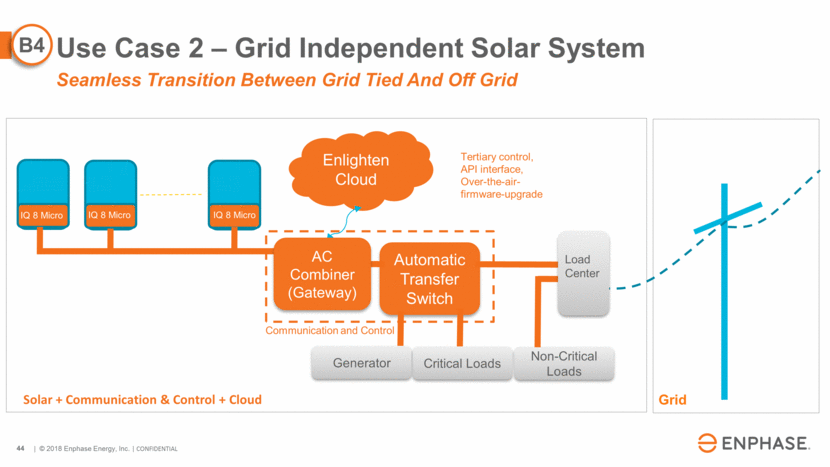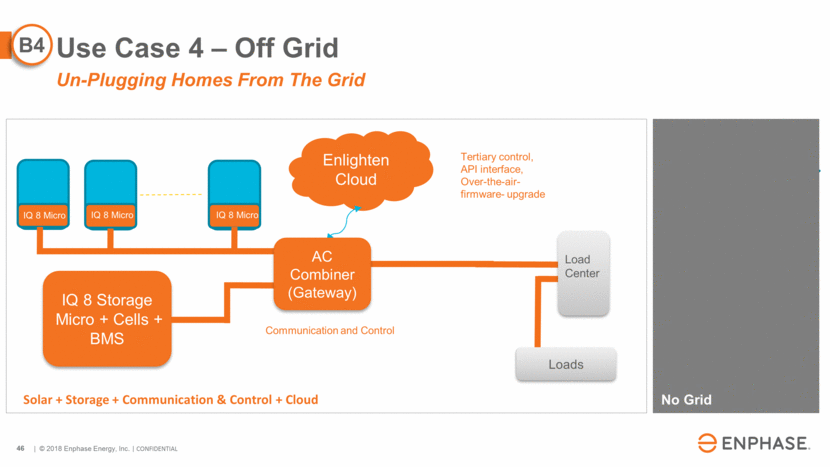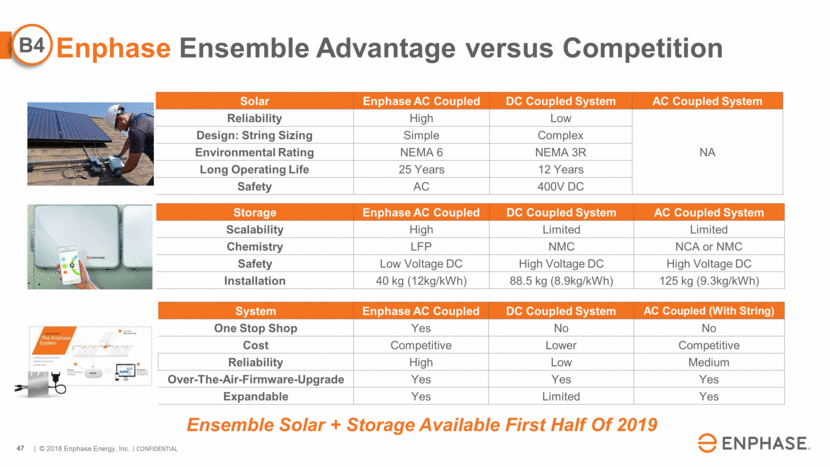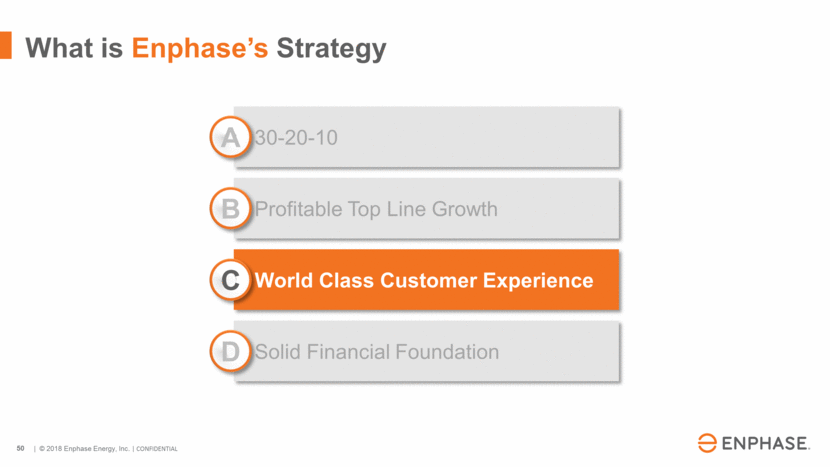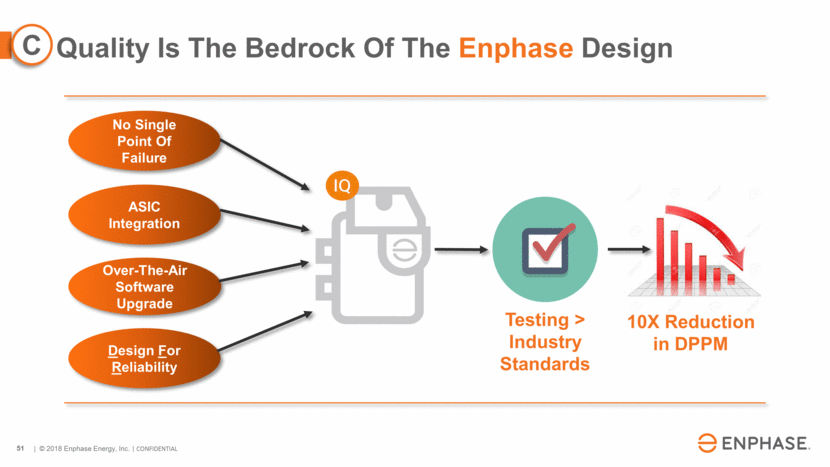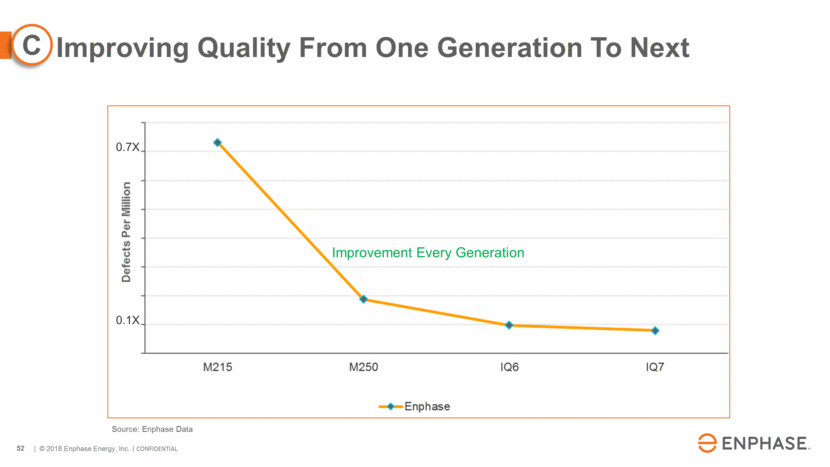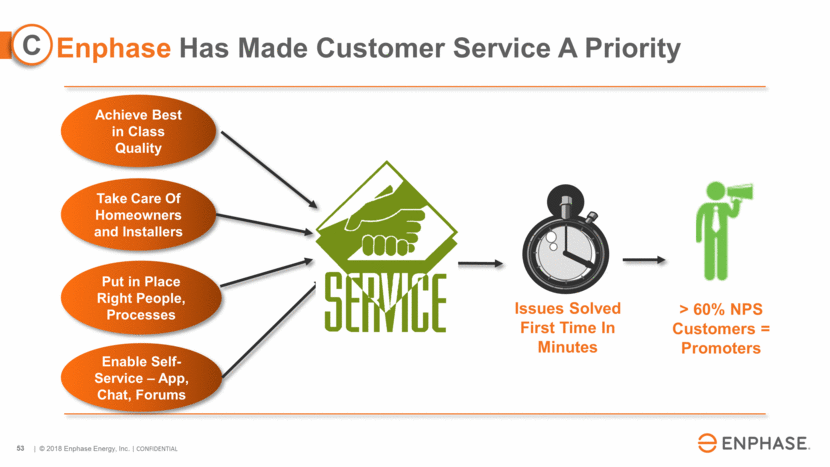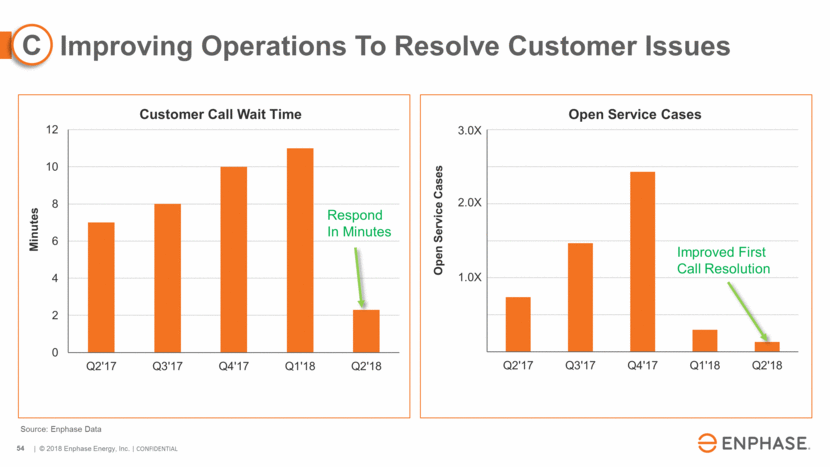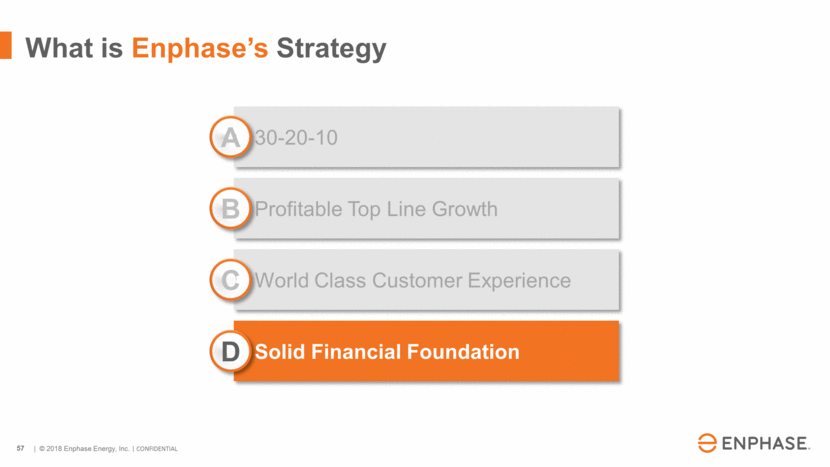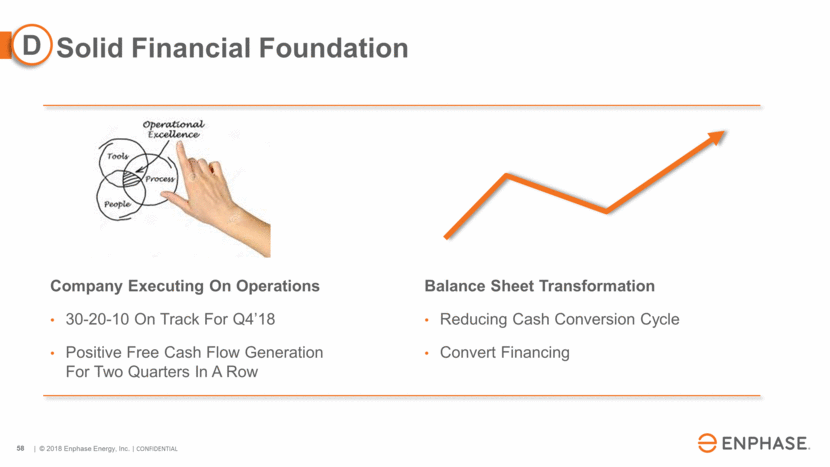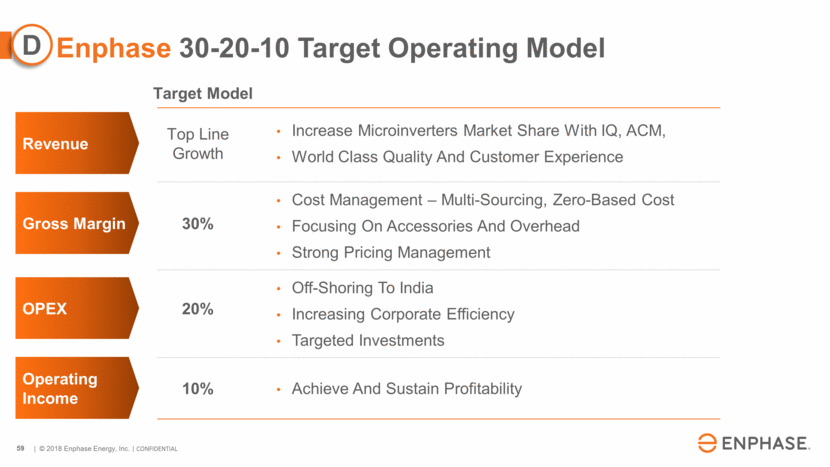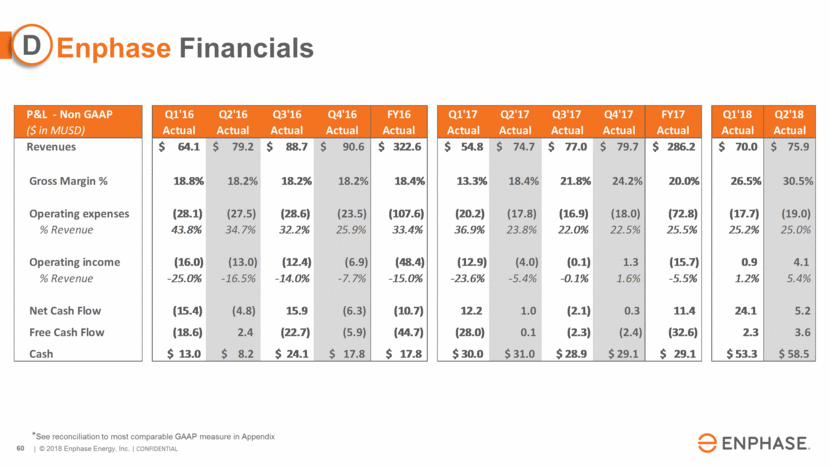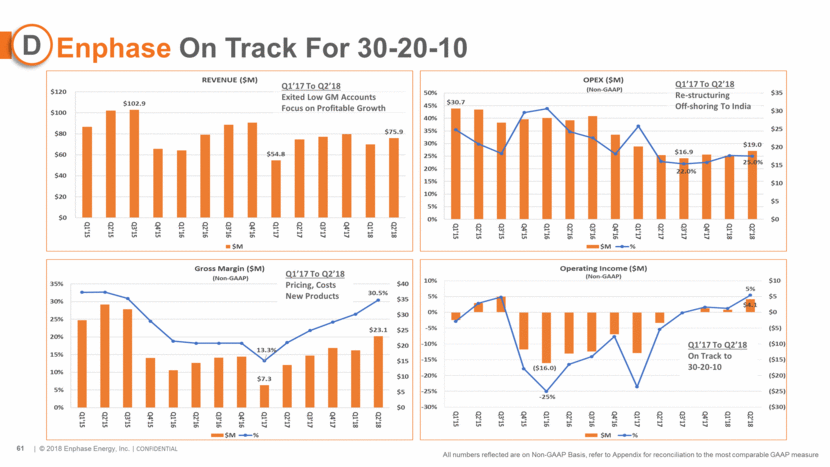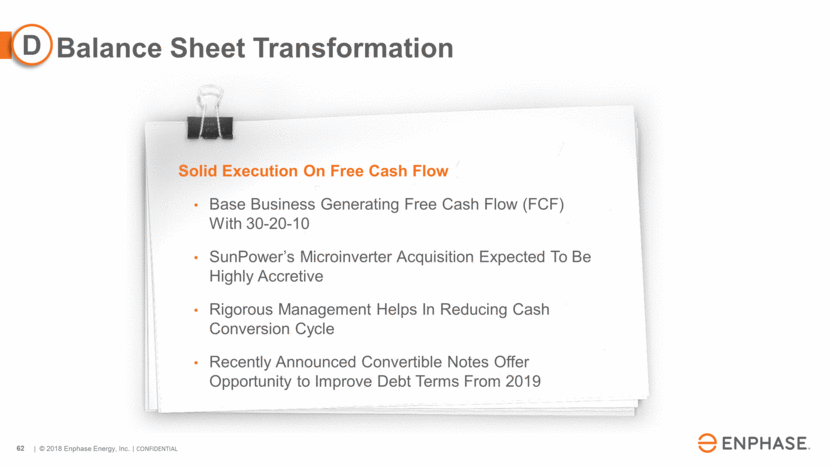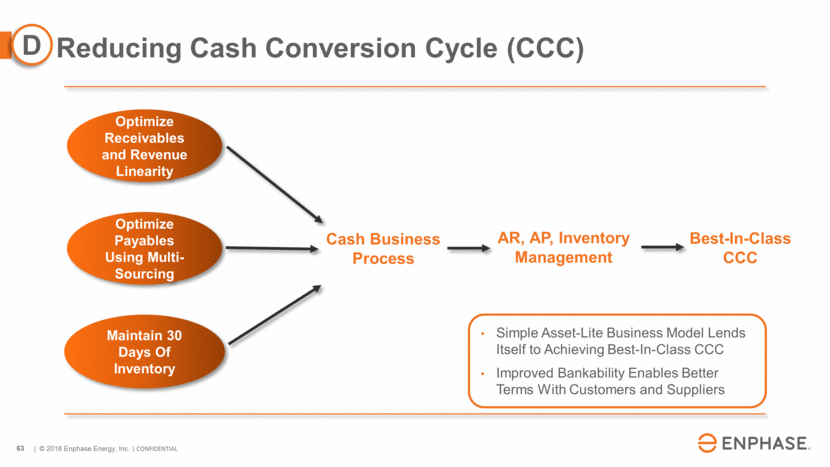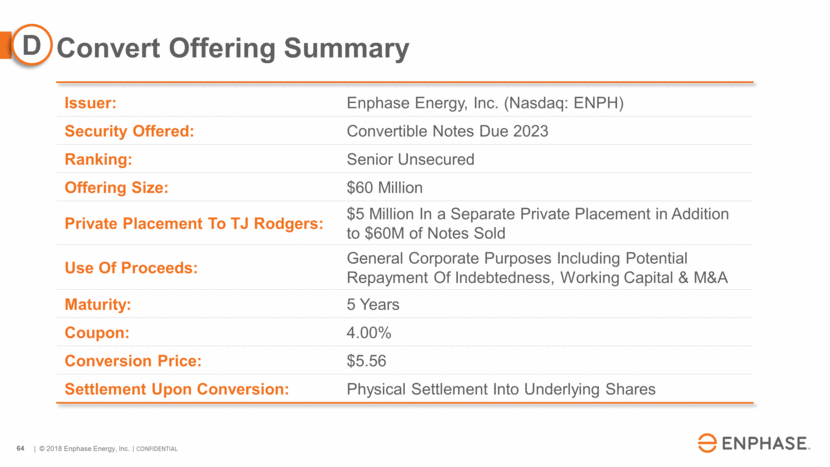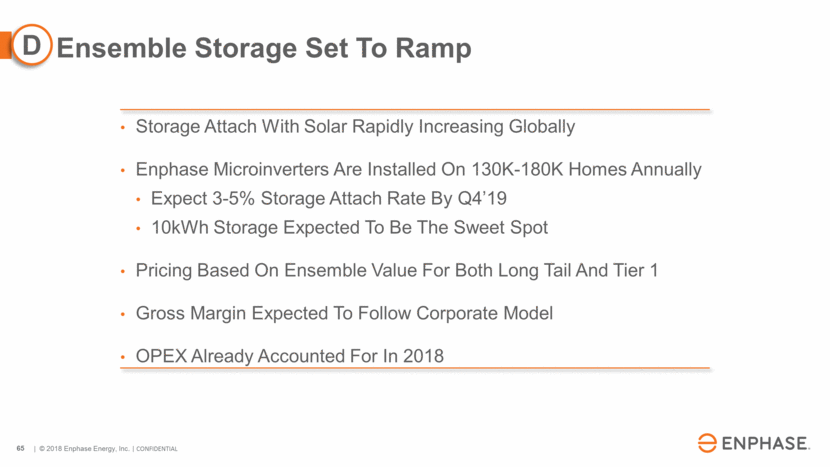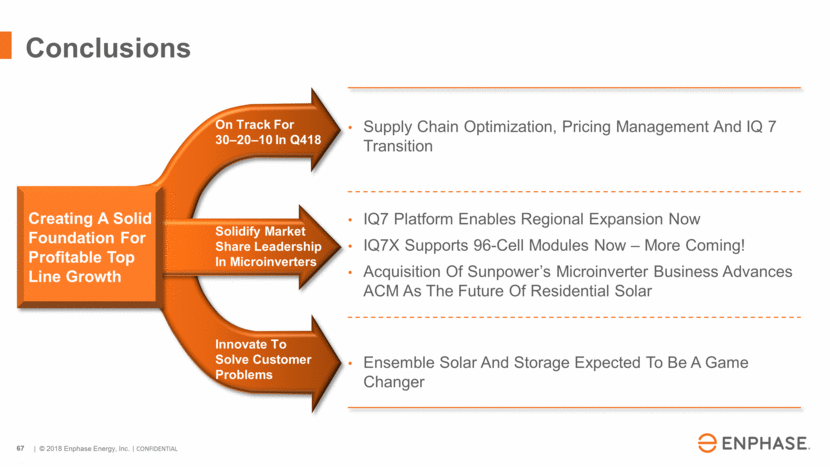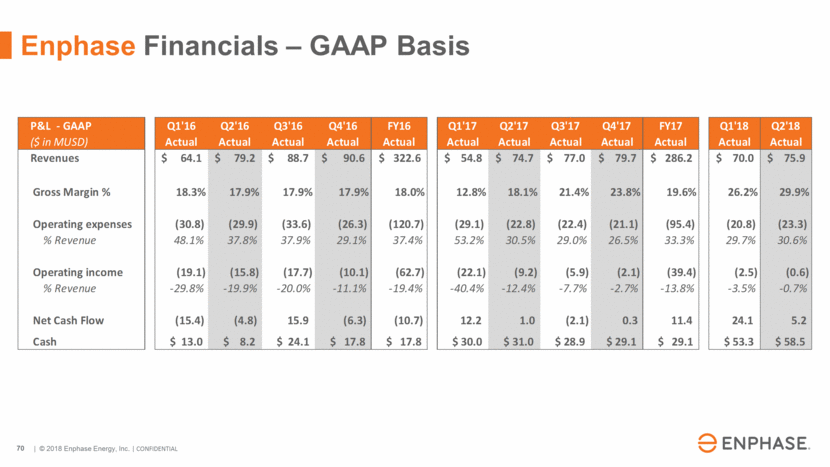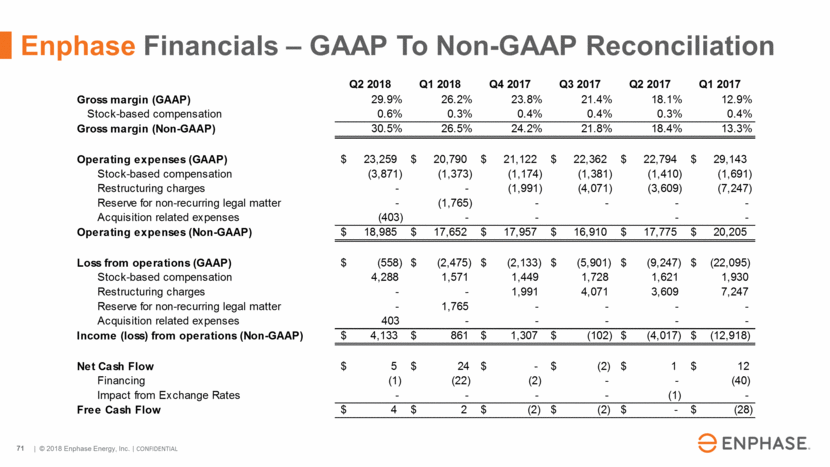Safe Harbor Use of forward-looking statements The information in this presentation contains forward-looking statements within the meaning of the U.S. Securities Act of 1933, as amended (the “Securities Act”), and the Securities Exchange Act of 1934, as amended. Such statements are based upon current expectations that involve risks and uncertainties. Any statements that are not of historical fact, may be forward-looking statements. The words “anticipates,” “believes,” “continues,” “designed,” “estimates,” “expects,” “goal,” “intends,” “likely,” “may,” “ongoing,” “plans,” “projects,” “pursuing,” “seeks,” “should,” “will,” “would” and similar expressions (including the negatives thereof) are intended to identify forward-looking statements, although not all forward-looking statements contain these identifying words. We may not actually achieve the plans, intentions, expectations or objectives disclosed in our forward-looking statements and the assumptions underlying our forward-looking statements may prove incorrect. Therefore, you should not place undue reliance on our forward-looking statements. Actual results or events may differ significantly from the results discussed in the forward-looking statements we make. All forward-looking statements in this presentation are based on information available to us as of the date of this presentation and we assume no obligation to update any such forward-looking statements. We also refer you to the documents the Company files from time to time with the Securities and Exchange Commission (“SEC which contain and identify important factors that could cause the actual results for the Company on a consolidated basis to differ materially from expectations. Before you invest, you should read the documents the Company has filed with the SEC for more complete information about the Company. You may get the other documents the Company files with the SEC for free by visiting EDGAR on the SEC website at www.sec.gov. Industry information Information regarding market and industry statistics contained in this presentation is based on information available to us that we believe is accurate. It is generally based on publications that are not produced for purposes of economic analysis. Non-GAAP financial metrics The Company has presented certain non-GAAP financial measures in this presentation. Generally, a non-GAAP financial measure is a numerical measure of a company’s performance, financial position, or cash flows that either excludes or includes amounts that are not normally excluded or included in the most directly comparable measure calculated and presented in accordance with generally accepted accounting principles in the United States of America, or GAAP. Reconciliation of each non-GAAP financial measure to the most directly comparable GAAP financial measure can be found in the Appendix to this presentation. Non-GAAP financial measures presented by the Company include non-GAAP gross margin, operating expenses, income (loss) from operations, net loss and free cash flow. These non-GAAP financial measures do not reflect a comprehensive system of accounting, differ from GAAP measures with the same captions and may differ from non-GAAP financial measures with the same or similar captions that are used by other companies. In addition, these non-GAAP measures have limitations in that they do not reflect all of the amounts associated with the Company’s results of operations as determined in accordance with GAAP. As such, these non-GAAP measures should be considered as a supplement to, and not as a substitute for, or superior to, financial measures calculated in accordance with GAAP. The Company uses these non-GAAP financial measures to analyze its operating performance and future prospects, develop internal budgets and financial goals, and to facilitate period-to-period comparisons. Enphase believes that these non-GAAP financial measures reflect an additional way of viewing aspects of its operations that, when viewed with its GAAP results, provide a more complete understanding of factors and trends affecting its business. As presented in the “Reconciliation of Non-GAAP Financial Measures” table in the Appendix to this presentation, each of the non-GAAP financial measures excludes one or more of the following items for purposes of calculating non-GAAP financial measures to facilitate an evaluation of the Company’s current operating performance and a comparison to its past operating performance: Stock-based compensation expense. The Company excludes stock-based compensation expense from its non-GAAP measures primarily because they are non-cash in nature. Moreover, the impact of this expense is significantly affected by the Company’s stock price at the time of an award over which management has limited to no control. Restructuring charges. The Company excludes restructuring charges due to the nature of the expenses being unplanned and arising outside the ordinary course of continuing operations. These costs primarily consist of fees paid for restructuring-related management consulting services, cash-based severance costs related to workforce reduction actions, asset write-downs of property and equipment and lease loss reserves, and other contract termination costs resulting from restructuring initiatives. Reserve for non-recurring legal matter. This item represents a charge taken for the potential settlement cost related to a dispute with a vendor. This item is excluded as it relates to a specific matter and is not reflective of the Company’s ongoing financial performance. Acquisition-related expenses. This item represents expenses incurred related to the Company’s acquisition of SunPower’s microinverter business, which are non-recurring in nature and not reflective of the Company's ongoing financial performance. Non-cash interest expense. The Company excludes non-cash interest expense, which consists primarily of amortization of debt issuance costs, because the expense does not represent a cash outflow for the Company except in the period the financing was secured and such amortization expense is not reflective of the Company’s ongoing financial performance. Free cash flow. The Company excludes cash provided by or used in financing activities from free cash flow, which the Company believes is the best measure of how much cash the business generates after accounting for capital expenditures.
